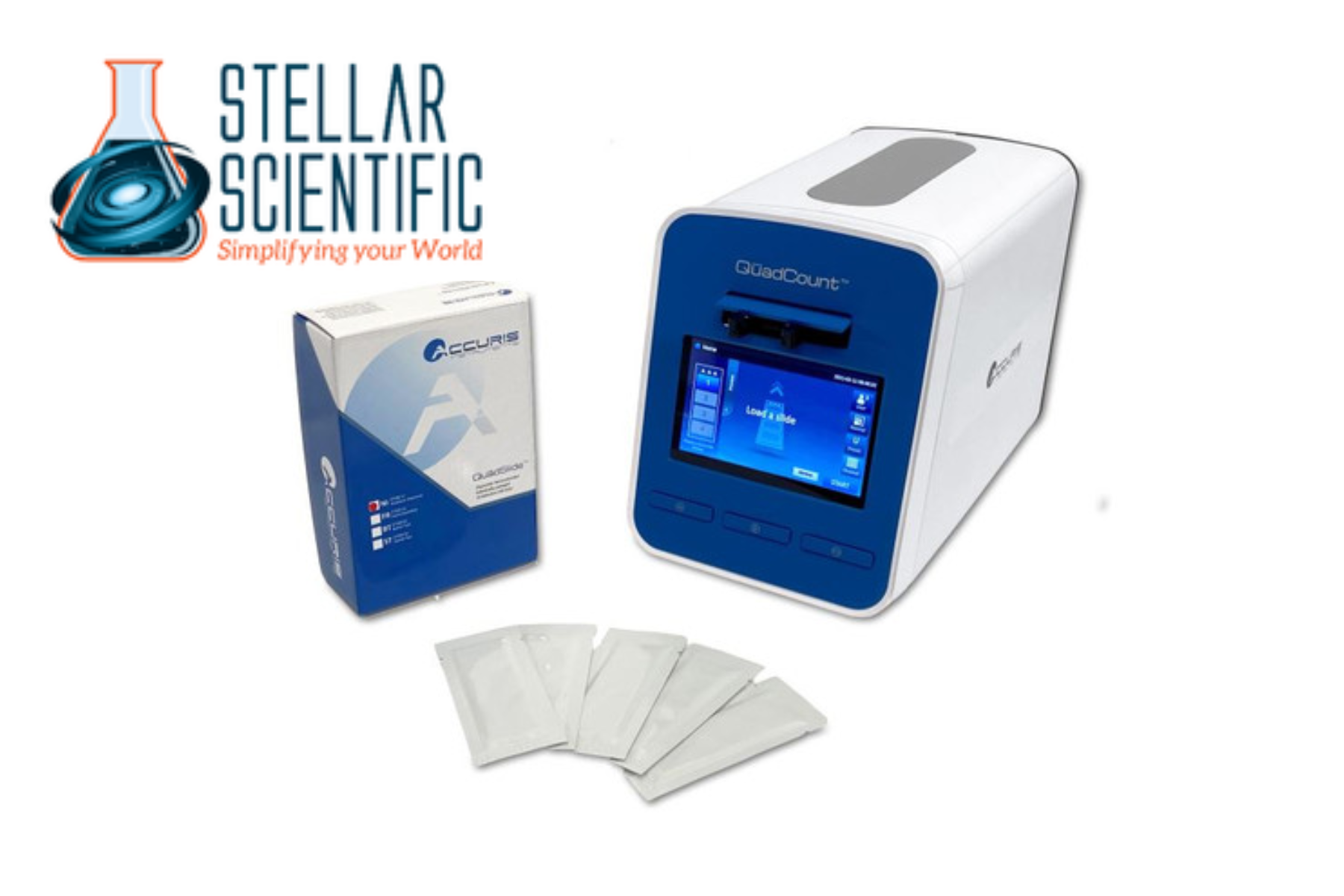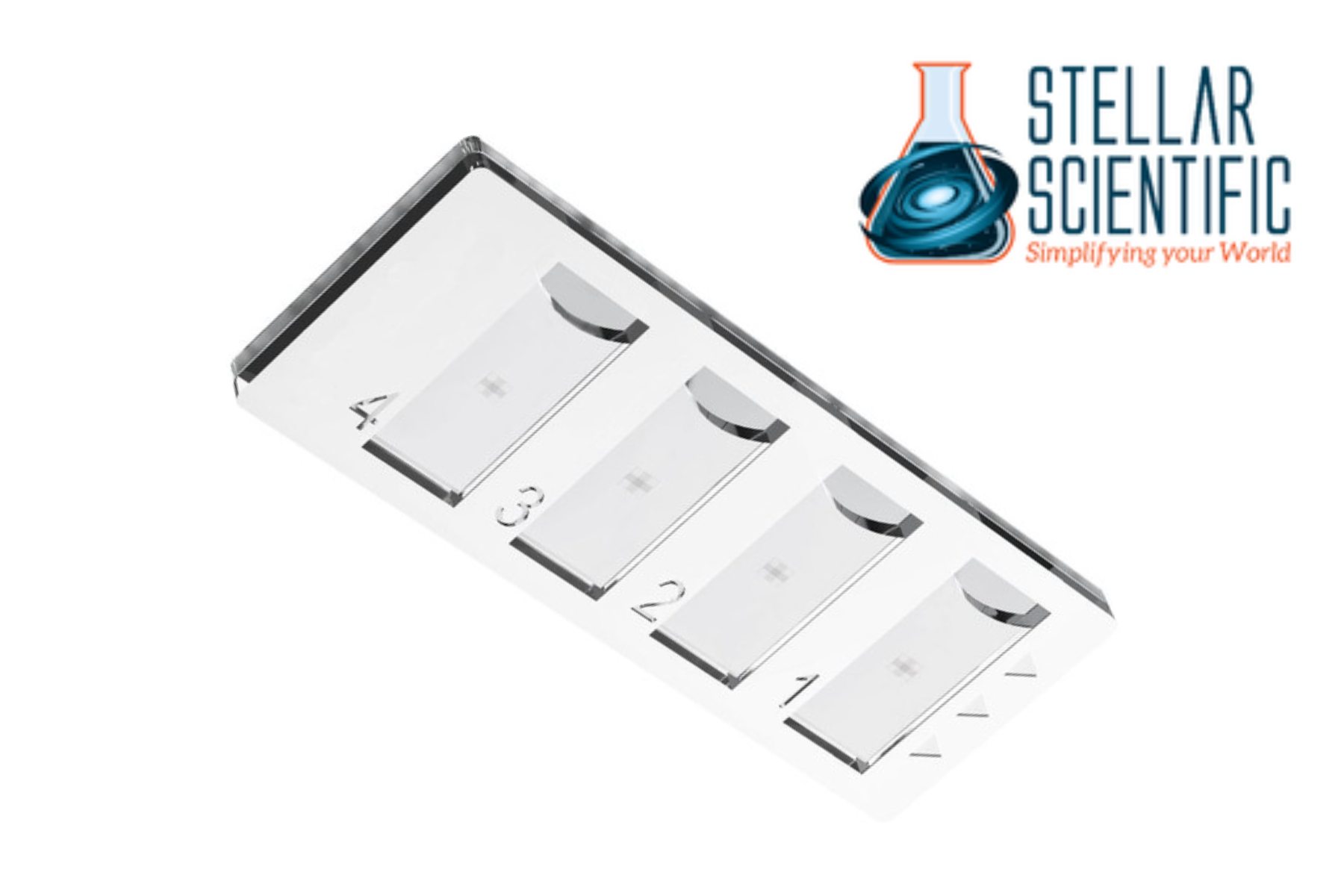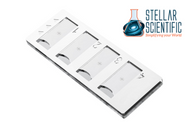Better Counts Start with a Smarter Cell Counter
19th May 2025
Accurate cell counting is essential for a wide variety of laboratory applications, including research, diagnostics, and cell-based assays. Whether you are working with mammalian cells, bacteria, or yeast, the precision of your cell count directly impacts the quality and reliability of your results. Traditional methods, such as manual counting using a hemocytometer, can be time-consuming, error-prone, and labor-intensive. This is where a smarter cell counter comes in.
A smart cell counter not only automates the counting process but also ensures accuracy, reproducibility, and efficiency. This blog post will explore how a smarter cell counter can improve your lab’s workflow, the key features to look for when choosing one, and why these devices are an indispensable tool for modern laboratories.

Why Accurate Cell Counting Matters
Cell counting is a fundamental step in many experiments, from cell culture to drug testing. Accurate cell counts are critical for determining cell viability, assessing proliferation rates, evaluating toxicity, and preparing precise sample concentrations for experiments. Inaccurate counts can lead to unreliable data, skewed experimental results, and wasted resources.
For example, in drug discovery, a small error in cell counting could lead to inaccurate dosages being tested, potentially affecting the outcome of the study. Similarly, in cell culture, improper cell density can result in overcrowding, affecting growth conditions and experimental consistency.
To ensure accurate and reproducible results, a reliable cell counting method is required, and a smart cell counter is the best tool for the job.
What is a Smarter Cell Counter?
A smarter cell counter is an automated device that uses advanced technologies such as image analysis, flow cytometry, or impedance-based detection to count cells. These devices are faster, more accurate, and less prone to human error compared to traditional manual methods.
Unlike manual counting with a hemocytometer, which requires careful observation under a microscope, a smart cell counter provides fast, automated results with minimal user intervention. These devices can count cells in a wide range of sample types, from liquid cultures to complex suspensions, and offer the added benefit of providing additional data, such as cell size, viability, and concentration.
Key Features of a Smarter Cell Counter
When selecting a smarter cell counter, there are several important features to consider that can enhance the accuracy, reliability, and efficiency of your cell counting process.
1. High Accuracy and Precision
The most important feature of any cell counter is its ability to provide accurate and consistent results. A high-quality cell counter should offer reliable cell counts with minimal variation between measurements. Many devices achieve this by utilizing sophisticated algorithms to analyze images or detect cell characteristics, ensuring precision even in complex samples.
Some smart cell counters use advanced optics or automated imaging to count cells and automatically distinguish between live and dead cells, giving researchers highly accurate counts and viability percentages without manual effort.
2. Automation and Efficiency
A key advantage of a smart cell counter is its automation. These devices can count cells in seconds, drastically reducing the time required to complete cell counting tasks. Manual counting can take a long time, especially with large sample sizes, but an automated device speeds up the process and minimizes the need for skilled operators.
Moreover, automation also reduces the potential for human error, which is common with manual counting methods. By eliminating operator variability, automated cell counters ensure that results are consistent and reproducible across experiments.
3. Cell Viability Detection
In addition to simply counting cells, many smarter cell counters are equipped with the ability to assess cell viability. This is typically done using fluorescent dyes that distinguish between live and dead cells based on their membrane integrity. Knowing both the total cell count and the percentage of viable cells is important for evaluating the health of cell cultures.
This feature is especially valuable in applications such as drug screening or toxicology studies, where the ability to measure the effects of treatments on cell viability is essential.
4. Multi-Parameter Analysis
Smart cell counters are equipped with the ability to collect additional parameters, such as cell size, morphology, and concentration. This added level of detail can be particularly useful for research and diagnostic purposes.
For instance, in research involving cancer cells, variations in cell size and morphology can provide valuable insights into disease progression or the effects of therapeutic interventions. Being able to track these parameters in addition to cell counts offers researchers a more comprehensive view of their samples.
5. Ease of Use and Workflow Integration
While accuracy and speed are critical, the usability of a smart cell counter is also an important factor. Many modern devices feature user-friendly interfaces, often with touchscreen controls and easy-to-navigate software. The software typically includes pre-programmed protocols for common applications, reducing the learning curve for new users.
Additionally, many smart laboratory cell counters are designed to seamlessly integrate with laboratory workflows. Whether you need to export data for analysis or track sample data over time, compatibility with laboratory information management systems (LIMS) and data export features can save time and streamline your work.
6. Size and Portability
If you have limited lab space or need to perform cell counting in different areas, consider the size and portability of the device. Many smart cell counters are compact and lightweight, making them easy to move around and store when not in use. Some models are small enough to be placed on a benchtop, while others come with a built-in display for easy data reading and analysis.

Benefits of Using a Smarter Cell Counter
1. Increased Productivity
The automation provided by smarter cell counters significantly boosts lab productivity. By eliminating the time-consuming and error-prone process of manual counting, these devices allow researchers to focus on more complex aspects of their work, such as analyzing results and designing experiments.
The increased speed of cell counting also enables laboratories to handle larger volumes of samples in less time, making them more efficient and able to meet growing demands.
2. Improved Data Accuracy
The automation and precision of smarter cell counters reduce the possibility of human error, providing more accurate and consistent results. This is particularly important when working with complex cell types or low sample volumes, where precision is critical for reliable data.
Moreover, the added features, such as viability detection and multi-parameter analysis, contribute to more comprehensive and informative data, enabling researchers to draw more meaningful conclusions from their experiments.
3. Cost-Effective Over Time
While the initial investment in a smart cell counter may be higher than traditional manual methods, the time and labor savings quickly make these devices cost-effective. Automation reduces the need for manual labor and improves throughput, helping labs save on labor costs while increasing the efficiency of their operations.
How to Choose the Right Smarter Cell Counter for Your Lab
When selecting a smarter cell counter, it’s important to evaluate the specific needs of your laboratory. Consider the type of cells you work with, the volume of samples you process, and the level of detail you need from the data. Look for a device that offers the necessary features, such as automated cell counting, viability detection, and multi-parameter analysis, while also fitting into your lab's workflow and budget.
About Stellar Scientific
Stellar Scientific is a trusted provider of laboratory equipment and supplies, offering a range of high-quality tools to help you achieve accurate and reliable results in your research and experiments. We provide a wide selection of laboratory products, including smarter cell counters, PCR devices, microscopes, and more. Our focus is on delivering top-tier products that enhance productivity, efficiency, and precision in your lab.

